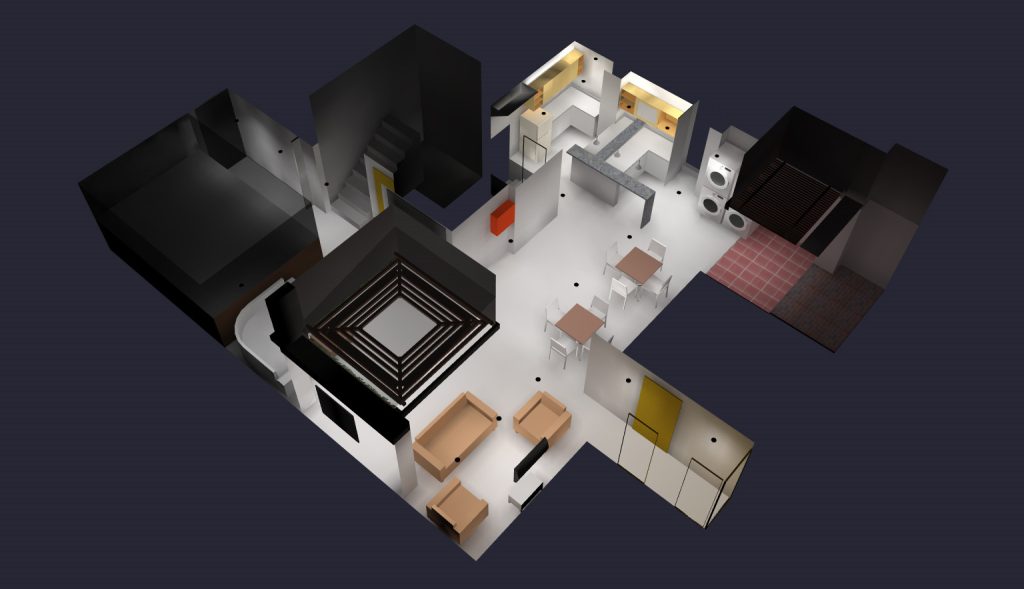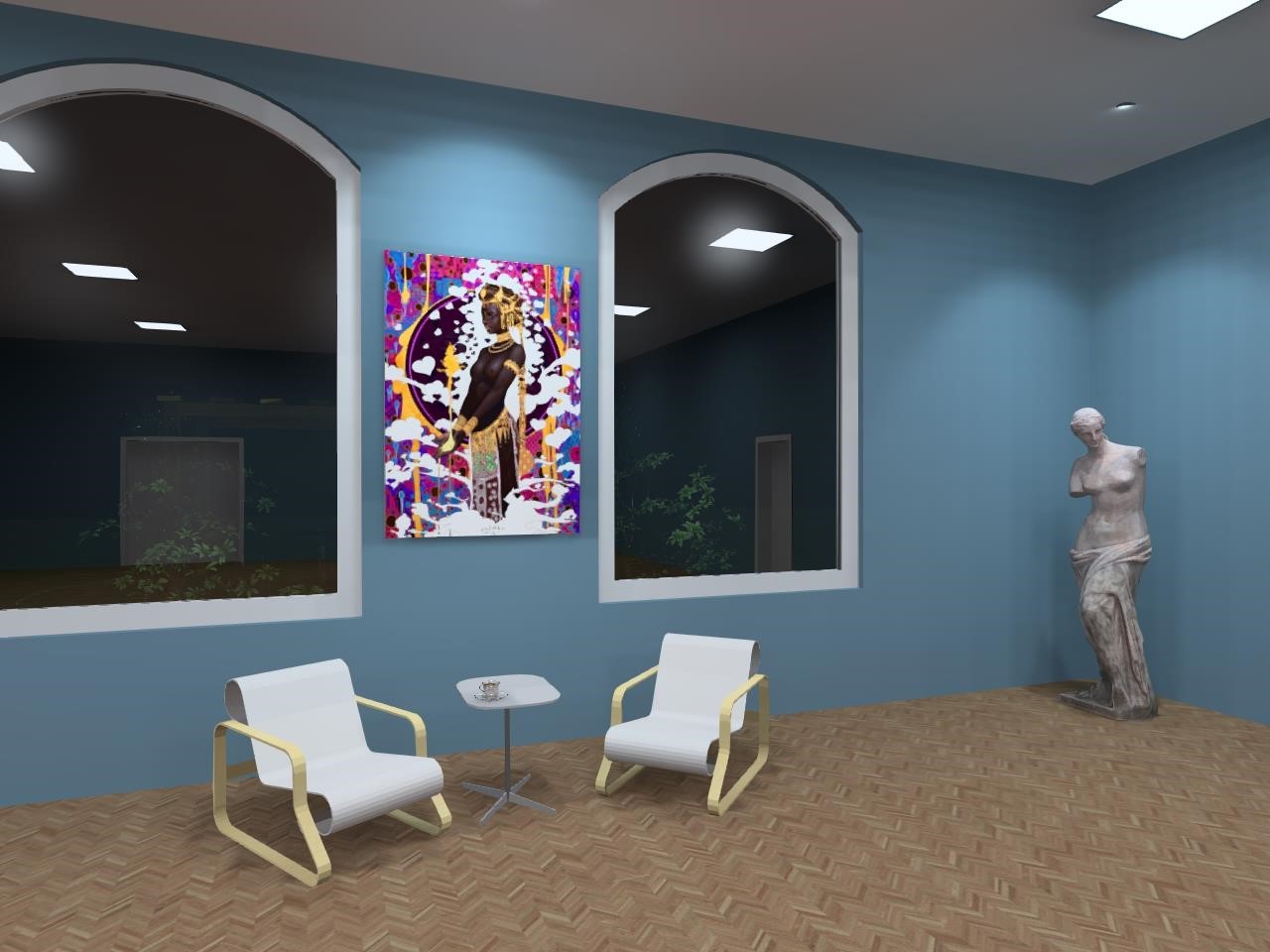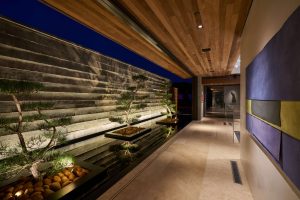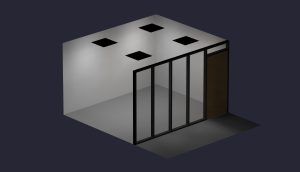While lighting simulation software may be a relatively new tool in the field of lighting design, lighting designers realized from early on that being able to accurately estimate light output is essential to efficient design. To see if the functional goals of lighting design were being met, calculations were previously done by hand using various formulas (such as the inverse square law) that now make up the backbone of the software used today.
Goals of Lighting Design
Lighting design strives to achieve three main goals:
- Act as decoration
- Evoke emotion
- Provide functionality

Is There The Right Amount of Light?
Because qualitative creativity in decor and emotion can feel boundless, it’s often easy to overstep (or understep) the quantitative confines of what constitutes functional design. Lighting calculations ensure that time and money are not wasted by verifying that a design fulfills lighting’s most widely used application: adequately illuminating a space for its intended function.
While it can sometimes be frustrating to bring decorative and emotive aspects of design into agreement with ideal illuminance levels, the power of modern lighting simulation software provides designers with a tool that can quickly visualize a multitude of possibilities before construction. Unsatisfactory designs can be weeded out, leaving the range of agreeable possibilities much clearer to the designer.
When it comes to functional design in lighting, the chief factor of consideration is, “is there the right amount of light?” which is a question that can be accurately answered through lighting simulation.




